Discovering Hand Built Pottery: A Natural Start
When I first began working with clay, I didn’t follow the usual path most people take. Instead of starting on the wheel, I came at pottery a bit backwards—learning to form and create using only my hand and a few simple tools. That unexpected first step helped me truly connect with the earth and the pot, which is the reason my passion for Hand Built Pottery became the primary way I work. Over time, I’ve seen many others dabble in it, but for me, it’s a craft I chose to explore deeply, making it not just a hobby but a foundational part of my artistic career. There’s something incredibly satisfying about shaping something beautiful with your hand, especially when it’s made without the use of a machine.
As a potter, I often get asked to demonstrate how I make Hand Built Pottery, and that inspired this very article. I wanted to make this knowledge widely available for those who want to learn. Hand Built Pottery is defined as pottery created without a wheel, using the hand and tools like gourd ribs—an excellent tool that adds finesse to each piece. These techniques, some of which I’ve outlined through years of trial and error, help broaden your skillset, allow for new, surprising forms, and unlock ideas that just aren’t possible with the wheel. Whether you’re a guy just starting or a seasoned artist, the motivation to familiarize yourself with Hand Built Pottery comes naturally once you touch the clay and feel the freedom in shaping it on your own terms.
Hand Built Pottery Tools You Might Use — Staying Close to the Clay
When making Hand Built Pottery, I always remind beginners that the beauty of this craft lies in its simplicity. By definition, it uses only simple tools—sometimes no tools at all. The goal is to stay closely connected to the clay and the form you’re shaping. That said, it’s helpful to consider the following as optional aids, not necessities. A ware board gives support for a flat bottom, while a puki helps shape a round base—each element helps hold the pot steady as you work your way to the top. I often use plastic bags to keep the clay from drying out, and a small water bowl is always handy while working.
Among my favorite tools for Hand Built Pottery are a wire clay cutter for lopping off hunks, trimming rims, and a knife for cutting as needed. Ribs made of metal, rubber, or gourd help with pushing forms, smoothing coils, and scraping high points. A rolling pin works well for preparing slabs, and a hand towel is useful for cleaning hands. A sponge helps with wetting and softening edges. I also use a hard edged scraping tool—whether wood, bone, or plastic—to make thinner, smoother walls. Most of these items are common household tools or can be easily purchased at a ceramic supply store. A few more hard to find ones like pukis and gourd scrapers are listed on the materials page linked in the guide. Remember though, each tool merely gets between the potter and the clay—so try to keep the process as natural and tactile as possible.
Choosing the Best Clay for Hand Built Pottery
When I started making Hand Built Pottery, I quickly found that you don’t need a specialized clay—the same clay used for wheel throwing can work just fine. However, there are a few characteristics that make a clay more suitable for Hand Built Pottery. The best clays for this purpose tend to be a bit dryer than those typically used on the wheel, because this gives the clay more wet strength, a critical factor when building by hand. This added strength helps the clay hold its shape without collapsing, which is essential when you’re shaping pieces slowly and carefully.
Many clays for Hand Built Pottery are more heavily tempered, or grogged, than regular throwing clay. This additional temper—usually around 20%—adds to the wet strength and gives the clay a slightly toothy texture that provides grip when working with it, without flying through your hands at high speed like on a wheel. The rough texture doesn’t wear your hands down too heavily, which is important for a potter’s comfort. To recap, a good clay for Hand Built Pottery will contain enough temper, have higher wet strength, and be often worked a bit dryer with good plasticity—all key for successful handbuilt pottery.
Mastering the Slab Technique for Hand Built Pottery
The slab method of forming Hand Built Pottery is an easy, good choice especially for beginners who may struggle with coil or pinch pots. This construction is easiest for square or cylindrical forms, but with a bit of ingenuity, even an advanced potter can use slab techniques to create almost any shape they imagine. The basic instructions for building a slab box start with rolling or patting out a flat piece of clay and laying it on your work surface. Then you cut the bottom and sides, using a paper template as a tip to make sure the pieces are the same size.
Next, in Hand Built Pottery, you score the edges where the slabs will connect and apply a layer of slip—a thin, watery clay mixture—to help the pieces stick. Gently but firmly, press the slabs together, then roll a thin coil of clay and press it into the inside of the slab joint for added strength. Using a tool or your finger, smooth the outside of the joint until no trace remains. You can continue the process to form a cube, and if you want, elaborate by adding a lid, feet, or handles—just let your imagination make the project your own.
Crafting Pinch Pots: A Simple Hand Built Pottery Technique for Beginners
When you form a pot by hand, starting with a lump of clay is essential. Whether you choose a small lump or a larger lump depends on the pot size you want to create. From my own experience as a beginner, the easiest way to master Hand Built Pottery is by following step-by-step instructions focused on the pinching technique. Begin by rolling a ball of clay about the size of your fist and gently press your thumb into the center. This will make a hole that you carefully expand by applying pressure from both inside and outside. The key is to keep the walls of the pot neither too thick nor too thin — adjusting the wall thickness takes patience and a steady touch.
As you press and pinch the clay in Hand Built Pottery, use your fingers to scrape and smooth the rim and the surface to a nice level finish. This method avoids awkward joints found in other forms like the slab pot, giving your piece a more natural, seamless shape. Interestingly, the finishing steps for a pinch pot closely resemble those of a coil pot, so if you want to achieve a smooth, even pot shape, exploring both styles will strengthen your hand-building skills. Don’t rush the process; with practice, you’ll be able to press, expand, and shape your clay with confidence, turning simple lumps into beautiful pottery.
Exploring the Art of Coil Pots in Hand Built Pottery
Creating a coil pot is one of the most exciting methods in Hand Built Pottery because it allows you to shape almost any form you imagine, from simple pots to intricate sculptural forms. I always start by laying out a slab as the base — sometimes on a ware board for a flat bottomed form, or inside a puki if I want a round bottomed pot. Then, rolling out a coil of clay about a half inch in diameter is key. The fun begins when you attach the coil by pinching it firmly around the circumference of the base on the outside. Using your thumb and forefingers, carefully pinch the coil thinner to reach the desired thickness, often about a quarter inch for the pot wall. This hands-on step truly connects you to the material and form, allowing you to feel the evolving shape with every added coil.
Once the coils are stacked, it’s crucial to scrape the inside and outside surfaces with a rib, smoothing out any coil seams, holes, or lumps for a polished look. I find trimming the rim with a knife or wire and finishing with wet fingers really brings the pot together, giving it a clean, refined edge. Though coil pottery can seem complicated at first, following an online class or watching a video helped me understand the technique better. Like any art, practice and persistence are vital to becoming a Hand Built Pottery master. It’s rewarding work, and the resources and links available today make it easier to learn and produce beautiful, sturdy pots.
Mastering the Coil Pot Technique in Hand Built Pottery
When you start working with coil pottery in Hand Built Pottery, the first step is to prepare a solid base. You can use a slab placed on a ware board for a flat bottomed form, or inside a puki if you want a round bottomed pot. Then, roll out a coil of clay about a half inch in diameter. This coil is carefully attached by pinching it firmly all around the circumference of the base, working on the outside. Using your thumb and forefingers, gently pinch and shape the pot wall to the desired thickness, usually around a quarter inch. This step allows you to control the shape and height of your pots or even more complex sculptural forms.
As you continue to add coils in Hand Built Pottery, be sure to scrape both the inside and outside with a rib to smooth out coil seams, holes, and lumps. I like to trim the rim with a knife or wire, then finish by smoothing it with wet fingers for a clean look. While coil pottery might seem complicated at first, I found that watching an online class or a video was incredibly helpful. Like any art, becoming a Hand Built Pottery master takes practice and persistence. The more you work, the better you produce beautiful, lasting pieces. If you’re eager to learn, there are plenty of links to classes and tutorials that make this craft accessible to anyone.
Exploring Alternative Hand Built Pottery Techniques
While many say there are only a few methods for Hand Built Pottery, the truth is much broader, including exciting hybrids that mix slab, pinch, and coil techniques. One fascinating hand building technique from the western portion of the American Southwest—and other parts of the world—is called paddle and anvil. This method involves paddling the pot walls to build them up and carefully thin them by working between a wooden paddle on the outside and a stone or ceramic anvil held on the inside. This process compresses and aligns clay particles, making the final piece very strong pottery. I’ve personally tried this technique and found it challenging, but it offers a unique connection to the craft.
If you want to learn more about paddle and anvil, I recommend checking out a video by my friend Tony Soares. His demonstration makes this pottery technique easier to understand and inspires you to experiment with your own projects. These alternative methods show just how versatile Hand Built Pottery can be, blending traditional and innovative ideas to help you create beautiful, durable pieces.
Finding More Resources for Hand Built Pottery
Learning Hand Built Pottery can feel challenging, especially when you first start to learn techniques like coil pottery. I remember facing the same difficulty in finding a good teacher to guide me. Luckily, the internet has solved that problem by offering countless resources from everywhere on earth. For example, my YouTube channel posts videos weekly focused on the subject of coil pottery. These easy-to-follow tutorials can help anyone, no matter where you are, to improve your skills and stay inspired.
If you want to go deeper, you can also check out the posts on this website or explore the blog archive for detailed tips and stories. There’s a great selection of online video-based classes available through the provided link that make it simple to read, watch, and practice almost anything related to Hand Built Pottery. With so many options, you can learn from the comfort of your home and connect with a global community eager to share their passion and expertise.

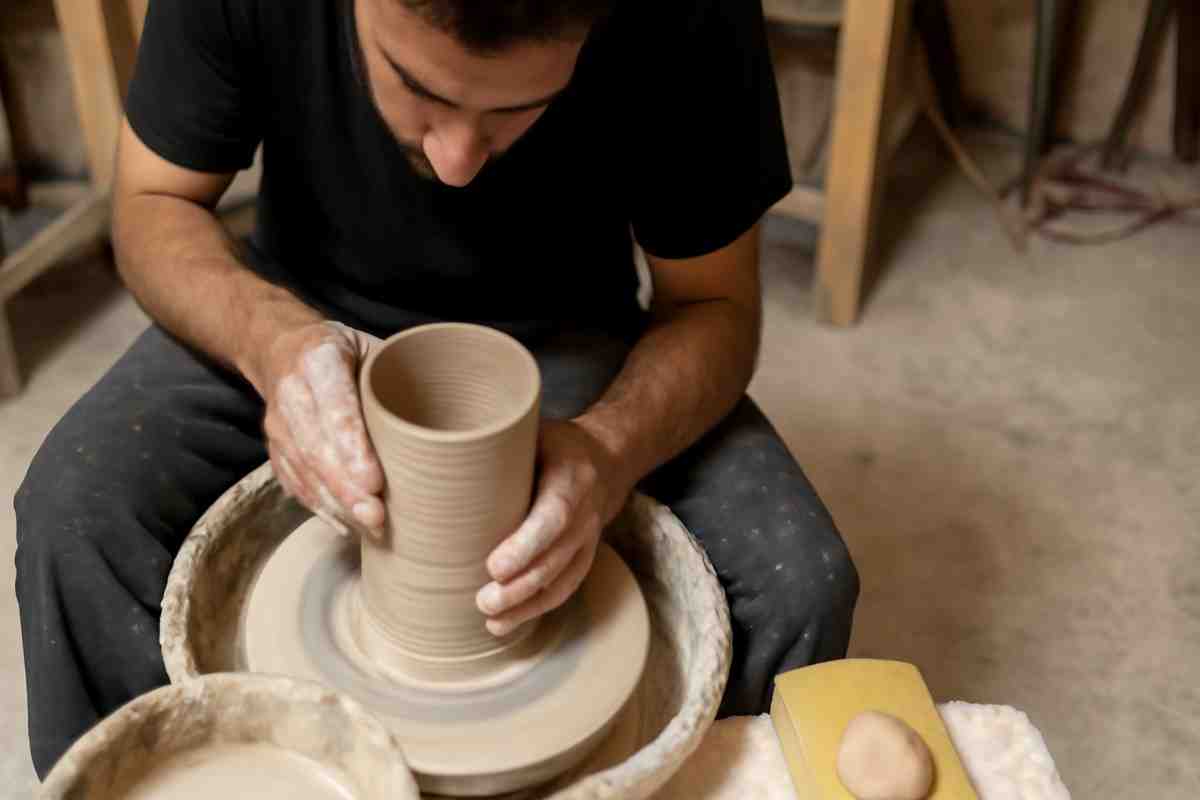

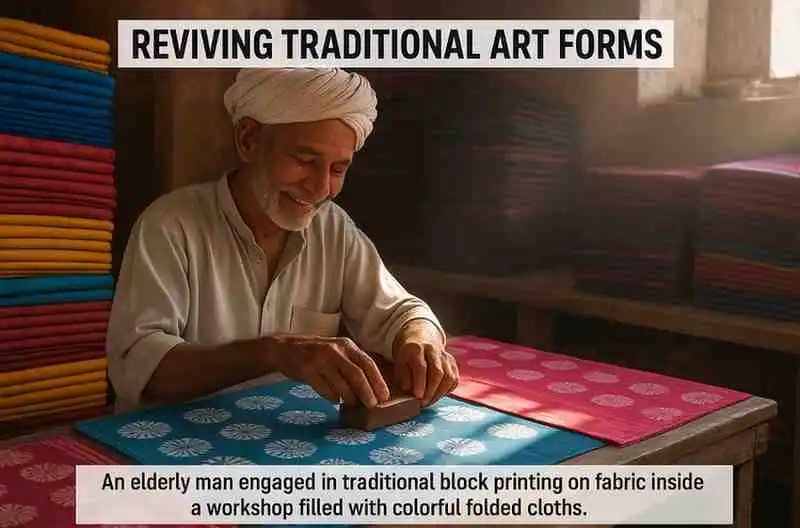

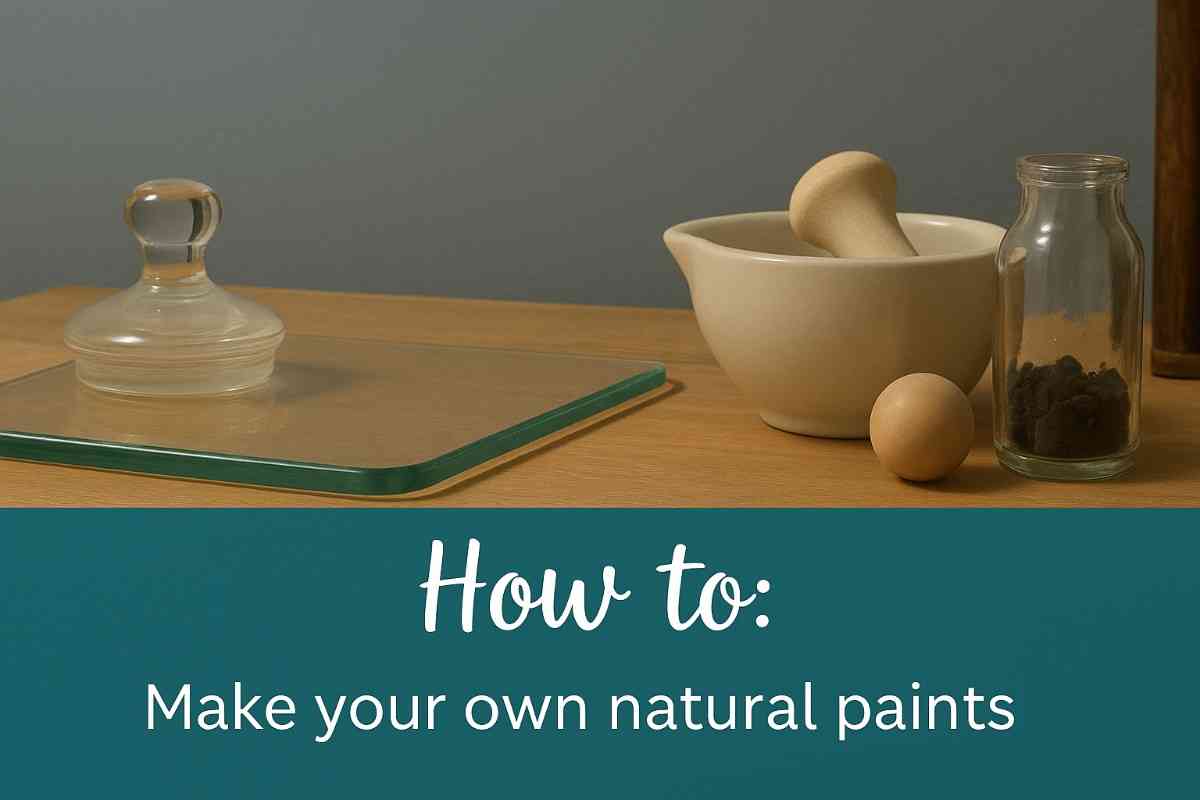
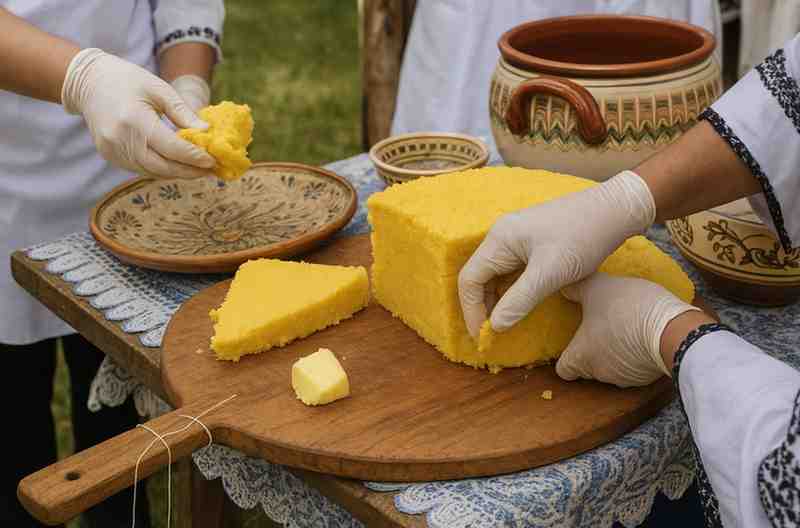


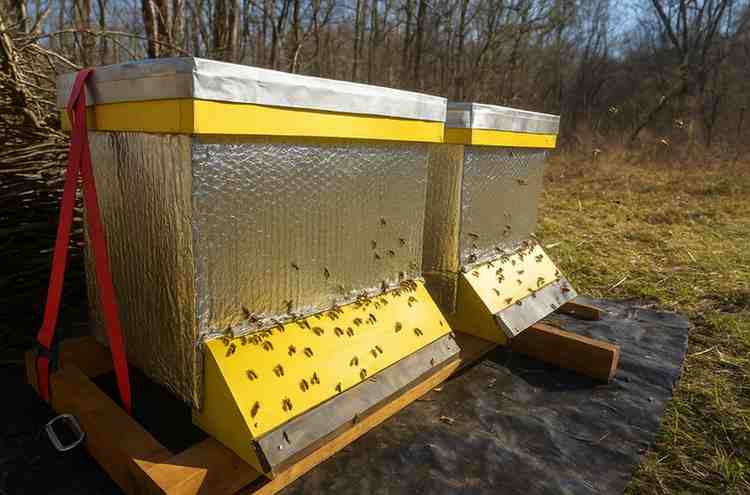


Leave a Reply